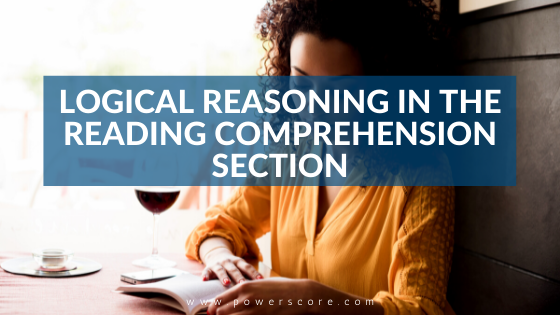A student recently wrote in to ask about the relationship between Logical Reasoning and Reading Comprehension on the LSAT. More specifically, he wanted to know whether he should apply the lessons from the Logical Reasoning Bible to the Reading Comp section of the test. This is an interesting question and one that we’ve heard before from students seeking to clarify the relationship and distinctions between the various sections of the test.
Reading Comp & Logical Reasoning
Should you apply the lessons from the Logical Reasoning Bible to the Reading Comp section? The answer is Yes. Because when an author makes an argument, it will be comprised of the components discussed in the Logical Reasoning Bible—a conclusion, based on premises in support of that conclusion. You can ask the same questions about argumentation regardless of where it appears. So students should be ready to apply the same rules of critical analysis to any argument they encounter.
Section Overlap
There is some overlap between the two sections where analysis and potential question types are concerned. Reading Comprehension question types tend to be less diverse than those found in Logical Reasoning. That’s because the test makers tend to present different types of challenges in the test’s various sections.
In the Logical Reasoning section, the makers of the LSAT have a lot of opportunities to test your reasoning ability. This is why they will often jump from an Assumption question to a Weaken to a Justify. And it’s why those sections tend to feature a much greater diversity of question types.
Must Be True Questions
As discussed in the Reading Comprehension Bible, LSAT Reading Comp passages tend to be followed in large part by Must Be True questions. Reading Comp routinely features other question types. But on that section, the test makers appear to focus more on such things as your ability to decipher dense passages regarding esoteric subject matter. They are also looking at how well you are able to track various perspectives, their similarities, and their distinctions.


Leave a Reply